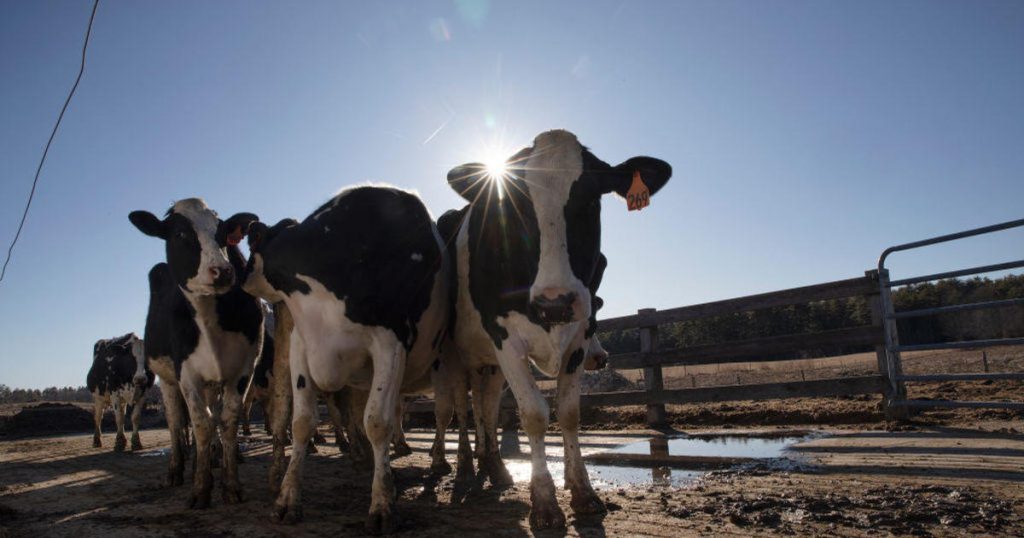The U.S. Department of Agriculture has reported the second human case of bird flu in the country, with the virus being detected in a sickened dairy cow for the first time. This cow was part of a group that was diverted from the food supply due to signs of illness during routine inspections. Bird flu has been confirmed in dairy cattle herds in nine states, found in milk, and has led to the slaughter of millions of chickens and turkeys. While the virus has not been detected in consumer beef yet, the USDA reassures the public that cooking meat to the proper temperature will kill the virus.
In addition to the two human cases of bird flu, farmworkers in Michigan and Texas were also sickened by the virus this spring. Health officials state that the risk to the public is low, but farmworkers who have been exposed to infected animals are at a higher risk of contracting the virus. The only other human case of bird flu in the U.S. was recorded in 2022 when a prisoner in a work program contracted the virus while killing infected birds at a poultry farm in Colorado. His only symptom was fatigue, and he eventually recovered.
The discovery of bird flu in beef marks a new development in the outbreak that began in 2022. Testing ground beef for the virus at retail stores has been initiated by the USDA, though no signs of the virus have been found yet. Despite the presence of bird flu in dairy cattle herds and milk, officials assure the public that beef remains safe to eat. Cooking meat to an internal temperature of 165 degrees Fahrenheit can effectively kill the virus, similar to how it eliminates other harmful bacteria and viruses.
Bird flu outbreaks have caused significant disruptions in the poultry industry, leading to the culling of millions of birds and impacting the food supply chain. While the virus poses a risk to animals, the impact on humans is minimal, with only a handful of cases being reported in the U.S. Health officials emphasize the importance of proper hygiene practices and the use of personal protective equipment to prevent the spread of the virus among farmworkers and consumers.
As the world continues to grapple with the COVID-19 pandemic, the emergence of other infectious diseases like bird flu highlights the importance of vigilance in monitoring and controlling these threats. The identification of the virus in new species like beef raises concerns about its potential spread and impact on the food industry. Health authorities and agricultural agencies are closely monitoring the situation to prevent further outbreaks and protect public health from the risks associated with bird flu.


